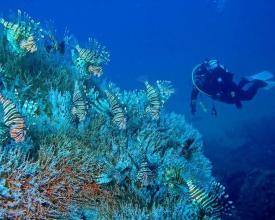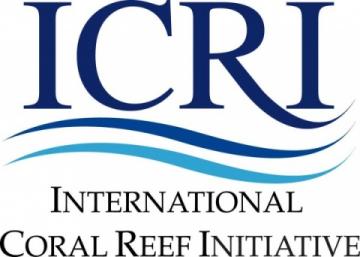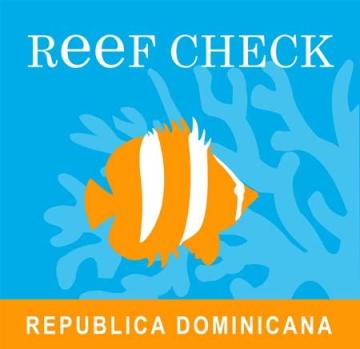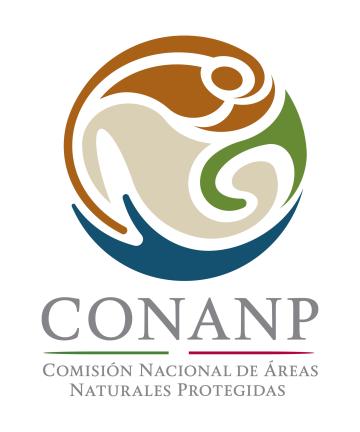
Estrategia para el control del pez león invasor
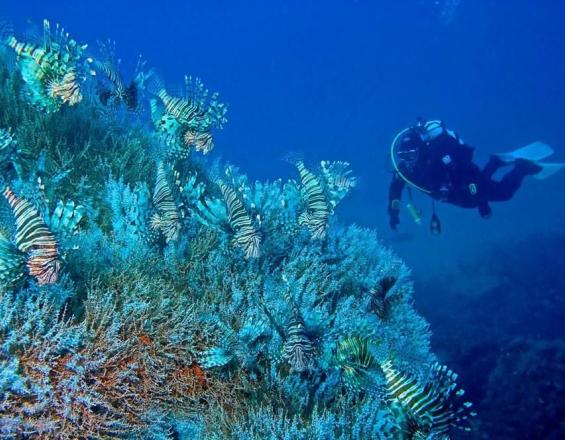
La invasión y proliferación del pez león amenaza la biodiversidad en la región del Gran Caribe. Un plan estratégico para su control proporciona un marco para hacer frente a la invasión con un enfoque concertado más allá de las fronteras políticas y geográficas. Se promueve la cooperación entre los gobiernos, las industrias dependientes de los arrecifes, la sociedad civil y el mundo académico. A un programa transfronterizo de investigación y seguimiento se suman planes de acción locales, campañas de información y la adaptación de directrices políticas.
Contexto
Défis à relever
Ubicación
Procesar
Bloques de construcción
Colaboración regional e intersectorial
Factores facilitadores
Lección aprendida
Investigación y seguimiento
Factores facilitadores
Lección aprendida
Control de las poblaciones de pez león
Factores facilitadores
Lección aprendida
Sensibilización sobre las especies invasoras
Factores facilitadores
Lección aprendida
Impactos
Los resultados de las zonas piloto han mostrado una clara reducción de la población de pez león: 17 individuos por hectárea en comparación con las zonas extremadamente invadidas anteriormente con 320 individuos por hectárea. El uso comercial del pez león generó importantes beneficios económicos en las comunidades pesqueras, por ejemplo en el caso de Cozumel y Puerto Morelos, donde el consumo de pez león se promociona incluso como un manjar. Además, el libre acceso al pez león para toda la comunidad, más allá de la pesquería comercial, contribuye a asegurar la alimentación.
Beneficiarios
Conectar con los colaboradores
Otras organizaciones

